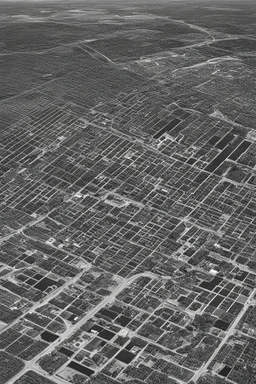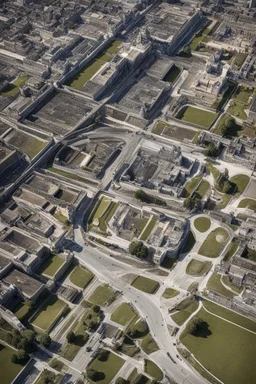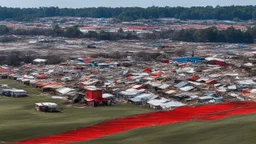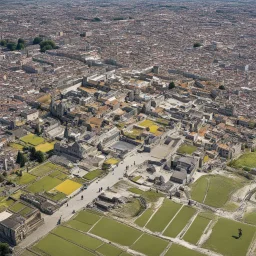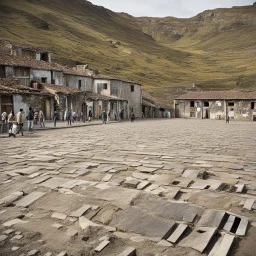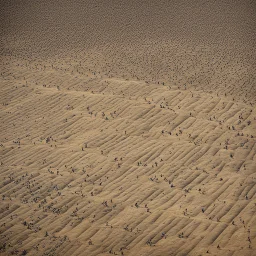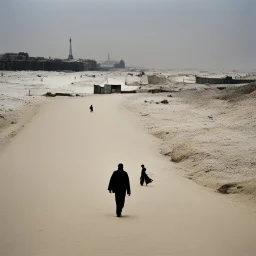

@generalpha
Prompt
Non-lieu ("non-place" or "nonplace" in English) is a concept, introduced by French anthropologist Marc Augé. It describes transient spaces where people maintain anonymity and which lack the cultural or historical significance to be considered true "places" in anthropological terms. Augé contrasts this concept with "anthropological places," which are spaces that reinforce identity and facilitate meaningful social interactions among individuals with shared cultural references. Non-places, however,
statue, doubles, twins, entangled fingers, Worst Quality, ugly, ugly face, watermarks, undetailed, unrealistic, double limbs, worst hands, worst body, Disfigured, double, twin, dialog, book, multiple fingers, deformed, deformity, ugliness, poorly drawn face, extra_limb, extra limbs, bad hands, wrong hands, poorly drawn hands, messy drawing, cropped head, bad anatomy, lowres, extra digit, fewer digit, worst quality, low quality, jpeg artifacts, watermark, missing fingers, cropped, poorly drawn
1 year ago
Model
SSD-1B
Guidance Scale
7
Dimensions
1024 × 1024
